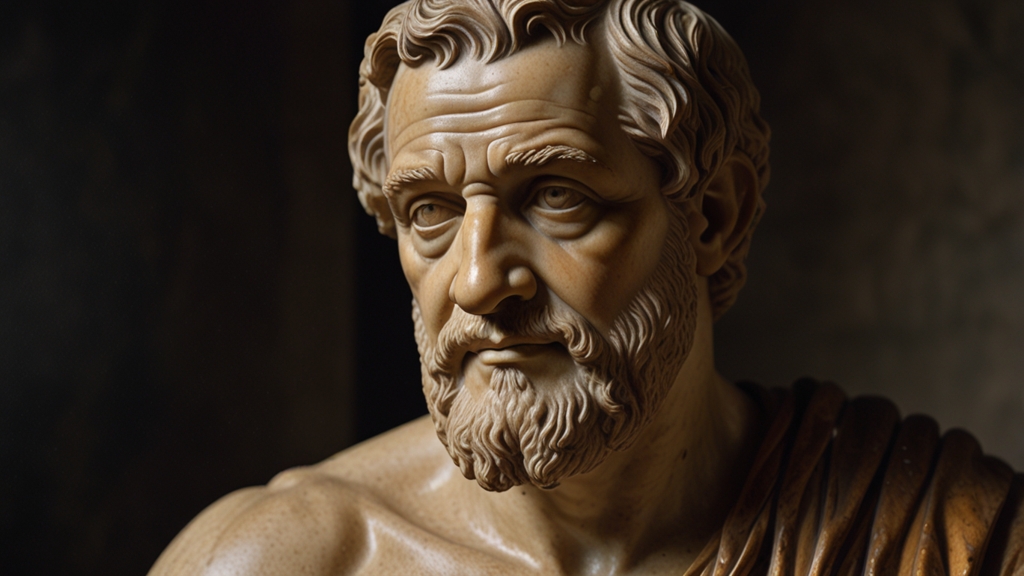The Miraculous Signs of Jesus: Are They More Than Legend?
The miracles of Jesus Christ, as described in the New Testament, have been a cornerstone of Christian faith for over two millennia. From turning water into wine at Cana to raising Lazarus from the dead, these miraculous events have stirred both religious devotion and academic curiosity. But are these miracles more than just legends? This question has intrigued theologians, historians, and skeptics alike.
Historical Context
The New Testament was written by different authors over several decades, providing various accounts of Jesus's life and works. These texts were penned in a time when oral tradition was a primary means of preserving history. For some, this raises doubt about the reliability of the recorded miracles. However, the consistency across different texts lends some credence to the events described.
"If we apply the same criteria of historical investigation to the New Testament as we do to other ancient documents, we will find that the accounts of Jesus's miracles are remarkably credible." – Dr. Craig Evans, Professor of Christian Origins at Houston Baptist University
The Nature of Miracles
One of the key issues in determining the authenticity of Jesus's miracles is understanding what constitutes a miracle. According to traditional Christian belief, a miracle is a divine intervention that defies natural laws. This supernatural aspect makes the miraculous signs particularly difficult to either prove or disprove through empirical means.
For instance, Jesus's healing of the sick or his ability to walk on water are events that challenge scientific explanation. Skeptics argue that these stories could be metaphorical or symbolic rather than literal truths. On the other hand, for believers, the miracles serve as signs of Jesus's divine nature and his mission on Earth.
Evidence from Early Church Fathers
The writings of early Church Fathers also provide additional layers of evidence. Figures like Ignatius of Antioch, Polycarp, and Tertullian referenced the miraculous signs of Jesus in their theological expositions and letters. These documents, which are separate from the New Testament, often corroborate the gospel accounts, providing cross-referenced validation of Jesus's miracles.
"The miracles of our Lord have been attested not just by his immediate followers but also by successive generations of Christians who witnessed the power of God in their own lives." – Tertullian, Early Christian Author
Modern-Day Implications
In contemporary times, the fascination with Jesus's miracles continues to influence both religious thought and popular culture. Movies, books, and academic papers frequently revisit these ancient events. Modern medicine has occasionally documented cases that some believe to be miraculous, invoking comparisons to the miracles of Jesus.
While empirical science remains skeptical, noting that extraordinary claims require extraordinary evidence, the essence of faith empowers believers to accept these miracles as historical truths. The transformative impact of these stories on personal and communal levels can't be understated, irrespective of one's stance on their factual historicity.
Conclusion
So, are the miraculous signs of Jesus more than legend? The answer largely depends on one's perspective. For believers, the miracles are divine acts that validate Jesus's claims and mission. For skeptics, they remain as culturally rich narratives that reflect the spiritual and societal contexts of ancient Judea. Regardless of the viewpoint, the miraculous signs of Jesus continue to inspire wonder, devotion, and debate, making them an enduring element of human history and faith.









